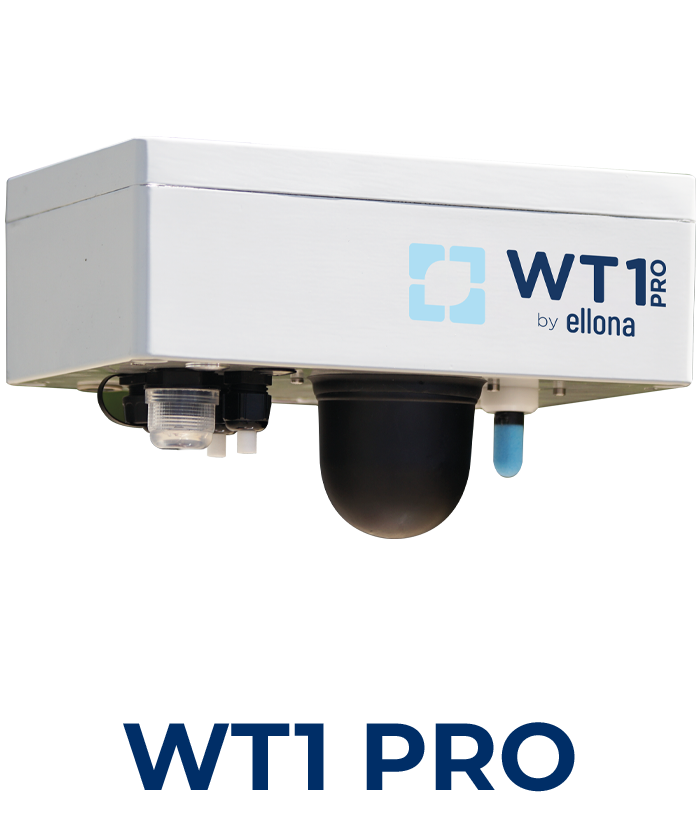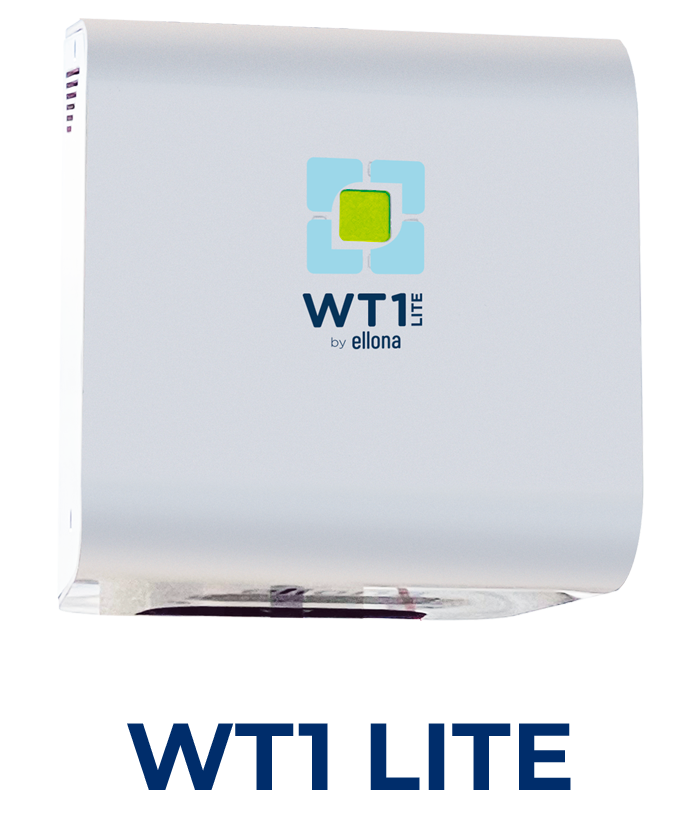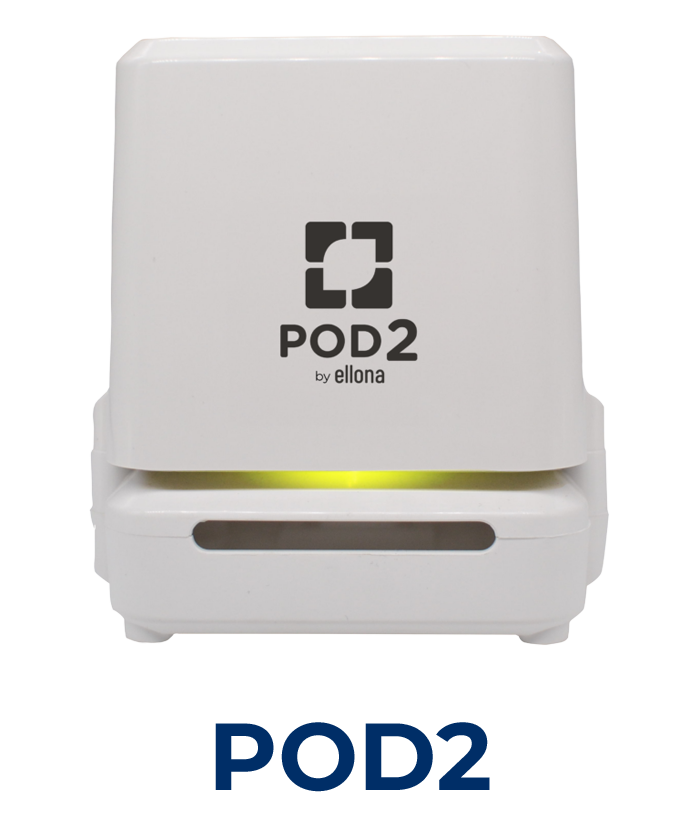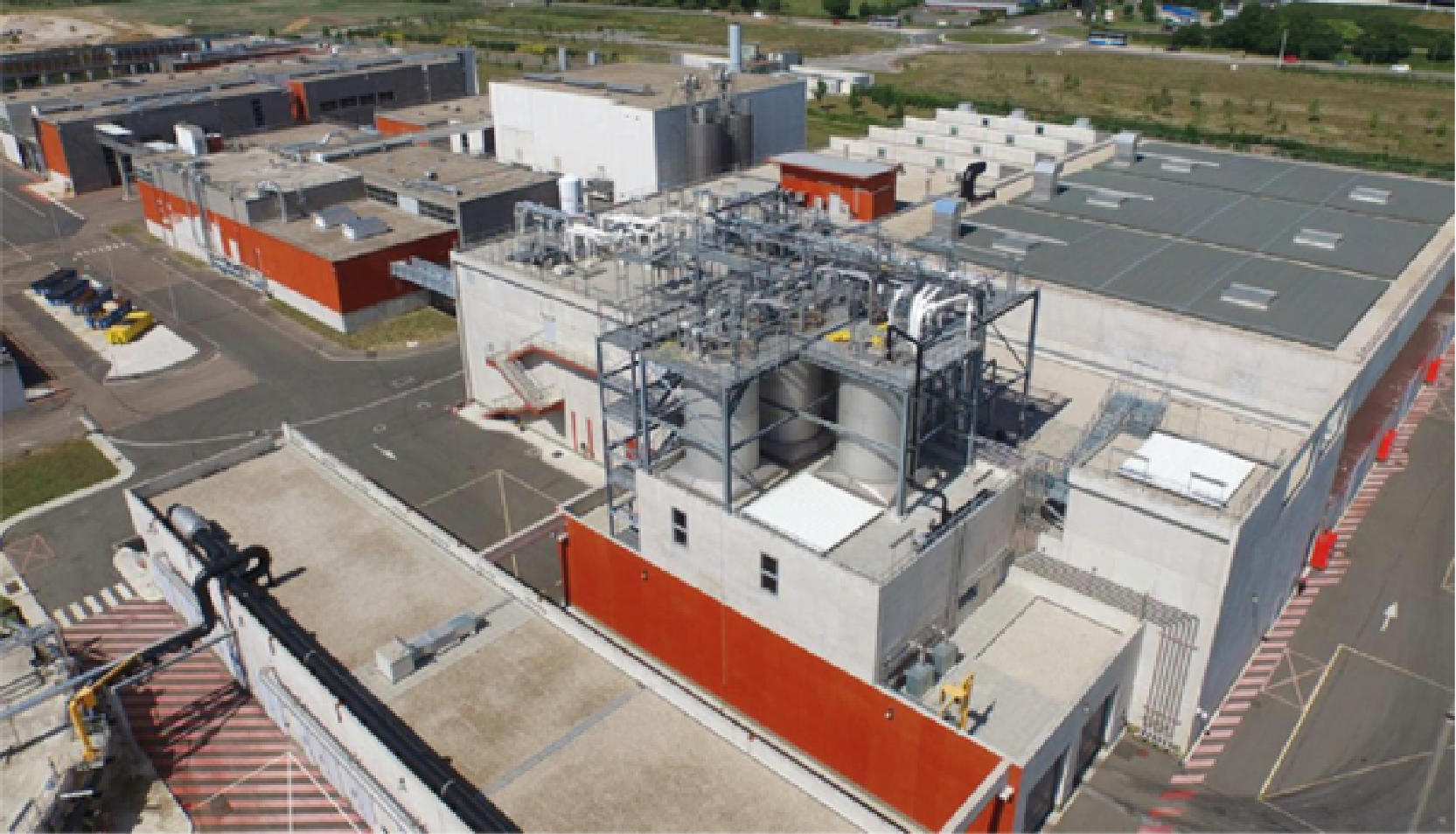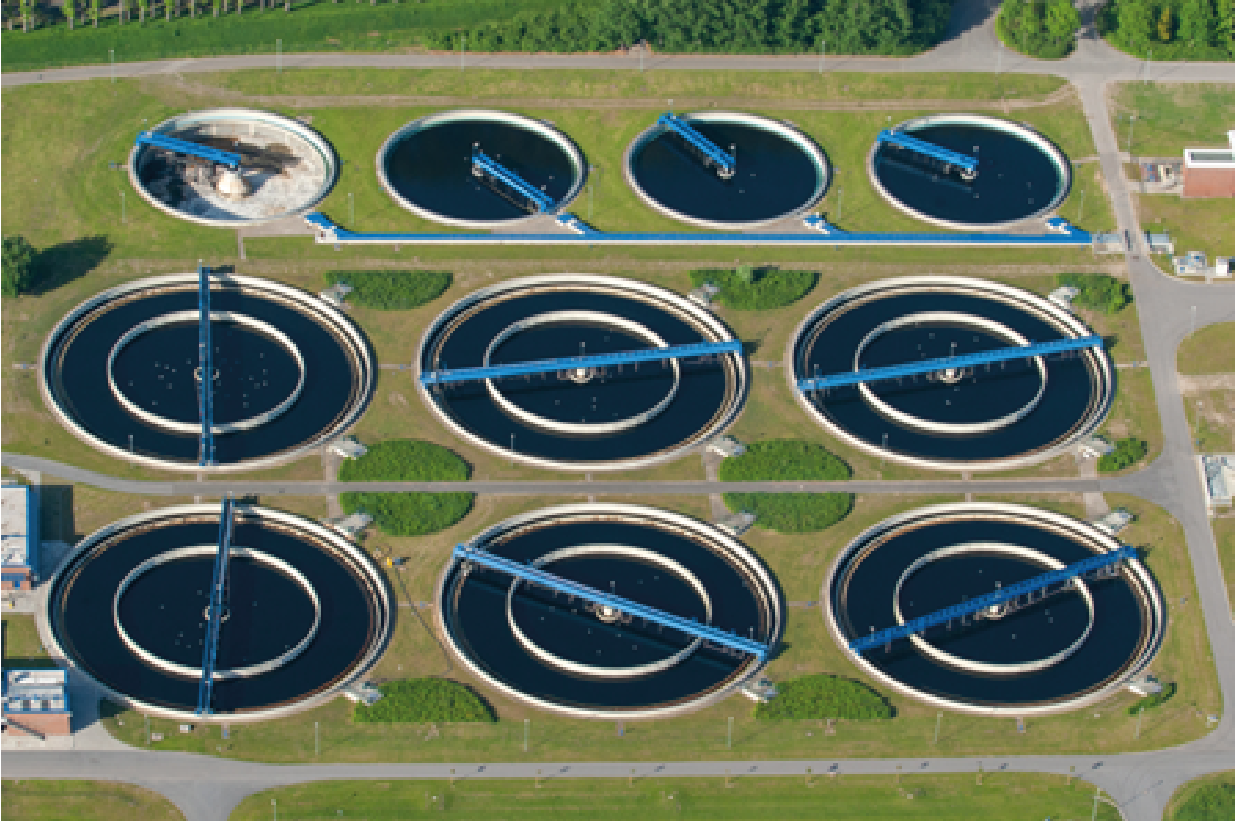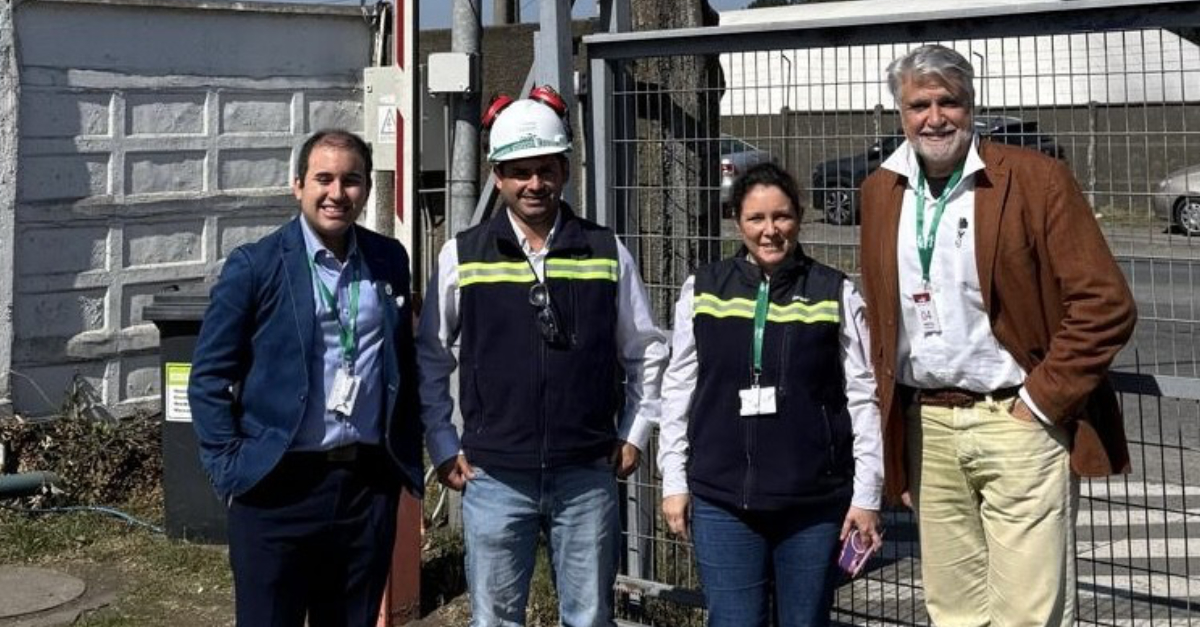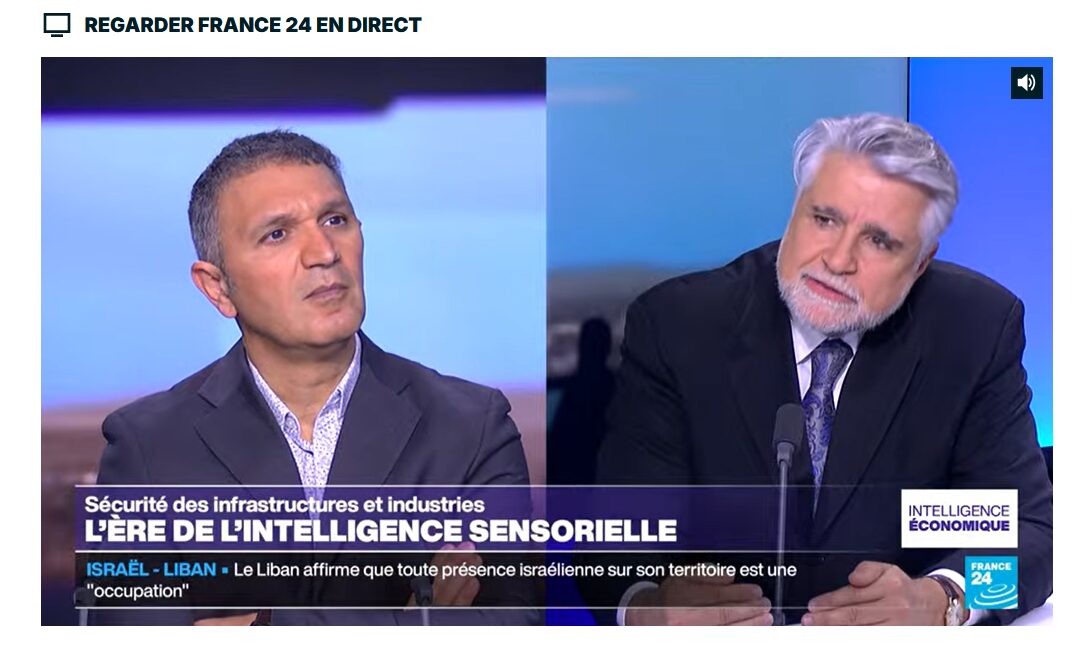The management of indoor odor (odour) nuisances is based on three essential aspects:
- Real-time odor (odour) detection to identify any anomalies
- Measurement of odor (odour) intensity to track their evolution and impact
- Accurate identification of the nature of odors (odours) and their sources for quick and targeted remediation
Ellona’s POD2 is an advanced solution that continuously analyzes indoor air through a combination of MOS sensors and smart algorithms. This enables the anticipation and effective management of odor (odour) nuisances in sensitive environments such as offices, hospitals, laboratories, industrial kitchens, or commercial spaces.
All collected data is centralized, analyzed, and utilized through the EllonaSoft platform. This powerful tool enables real-time monitoring, rapid identification of odor (odour) nature and sources, and optimization of remediation strategies, ensuring better control of odor (odour) nuisances and healthier indoor air.








